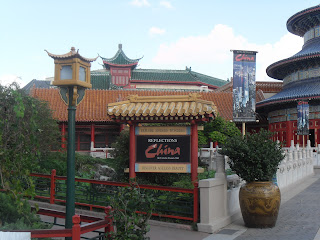Last Train Home
The movie that catches my attention was last train home. This movie is about a family who lives in village and has economic problems. For that reason the parents have to move to the city because they have to work to support their family. In the city many people work in the factory and receive a few salary to do this hard work. They sleep together and the food is terrible. These parents didn’t see their children who live with their grandma for too many years. The kinds work too in the farm but it is just for eat. When the family finally be together the father told to his daughter that he only wanted that she studied and prepared for her future because they didn’t want that they passed for the same thing. When the daughter grows up she feel the necessity to work then she left the school and never back. They don't want to be A students like their parents expect, don't want to spend their lives sacrificing themselves in the name of the future. She decides to go to the city at the age of 17. The parents feel very sad and worried; this life was very hard for her. These children grow up without the love of their parents and with the necessity in the village. I know that the Chinese people work hard. They export almost everything but I didn’t know that most of them live in misery. Now I understand why they left their country and abandon their family due to the necessity.













